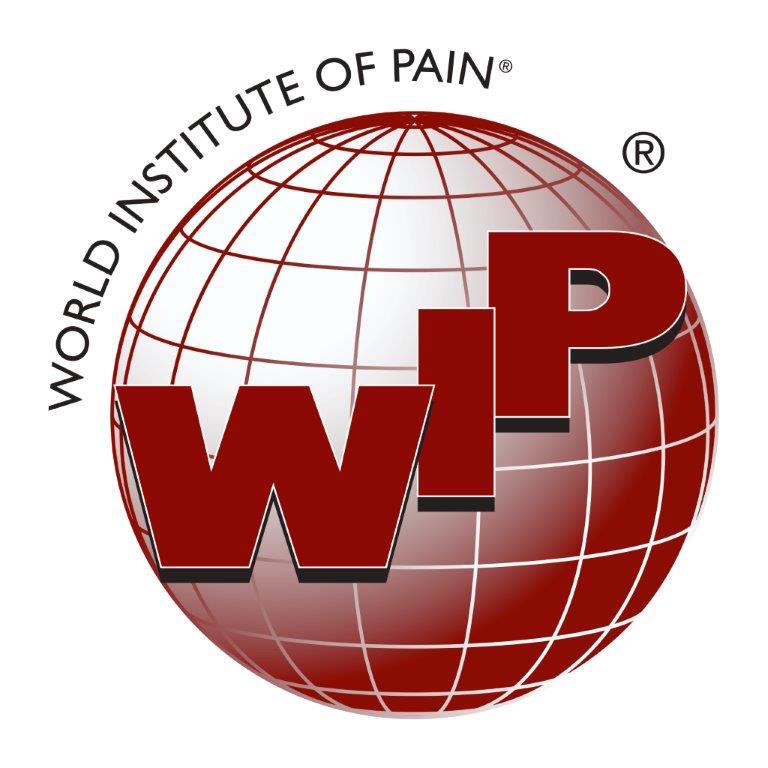Pelvic and Hip Pain: The Overlooked Source of Back Discomfort
November 11, 2025
Many people experiencing lower back pain assume the spine is the source of the problem. But in many cases, the true cause is actually the pelvis or hips. Because these structures share muscles, nerves, and movement patterns with the lumbar spine, pain often overlaps and can easily be mistaken for a back issue. Understanding how pelvic and hip pain contributes to back pain can help patients get a more accurate diagnosis and faster relief.
How Pelvic and Hip Pain Causes Back Pain
1. Shared Muscle and Joint Connections
The pelvis and hips act as the foundational support system for the spine. When one side is tight, weak, or misaligned, the low back has to compensate. Over time, this imbalance may lead to:
- Muscle strain in the lower back
- Limited mobility
- Inflammation around the sacroiliac (SI) joints
- Altered posture
Even mild hip stiffness can create significant extra load on the lumbar spine.
2. The Role of the SI Joint
The sacroiliac joint is a common but frequently overlooked pain generator. Irritation of the SI joint may feel nearly identical to low back pain and can radiate into the buttocks or legs. SI joint dysfunction may be caused by:
- Tight hip flexors
- Pelvic instability
- Pregnancy or childbirth
- Uneven gait patterns
Because symptoms mimic spinal pain, SI joint issues often go undiagnosed.
3. Hip Joint Conditions That Mimic Back Pain
Certain hip disorders can cause pain that radiates across the lower back or down the leg. These include:
- Hip osteoarthritis
- Labral tears
- Hip impingement
- Gluteal tendon problems
Pain that worsens during walking, standing, or prolonged sitting may actually originate in the hip, not the spine.
Common Signs Your Back Pain May Be Coming From the Pelvis or Hips
You may be experiencing pelvic or hip-related back pain if you notice:
- Back pain that worsens with sitting or when standing up
- Pain on one side of the lower back
- Tightness in the groin or front of the hip
- Difficulty crossing your legs or rotating the hip
- Pain that improves when lying down
- A feeling of instability when walking
Diagnosis: Looking Beyond the Spine
A thorough orthopedic exam is key. Your physician may evaluate:
- Hip range of motion
- Pelvic alignment
- Gait and posture
- Specific tests for SI joint dysfunction
- Imaging or diagnostic injections when needed
Identifying the true pain generator ensures that treatment targets the root cause instead of only addressing symptoms.
Treatment Options That Provide Relief
Physical Therapy
- Core strengthening
- Pelvic stabilization
- Hip mobility work
- Gait training
Targeted Injections
- SI joint injections
- Hip joint injections
- Trigger point therapy
Lifestyle and Posture Adjustments
- Improving sitting posture
- Stretching tight hip flexors or glutes
- Using ergonomic supports
Advanced Interventions (When Needed)
If conservative care doesn’t provide relief, minimally invasive treatments may be considered based on the condition.
Why Early Evaluation Matters
Pelvic and hip issues can progress over time, leading to worsening back pain and reduced mobility. Early diagnosis helps prevent chronic discomfort and speeds up recovery. If you have been treating back pain without improvement, it may be time to look beyond the spine.







